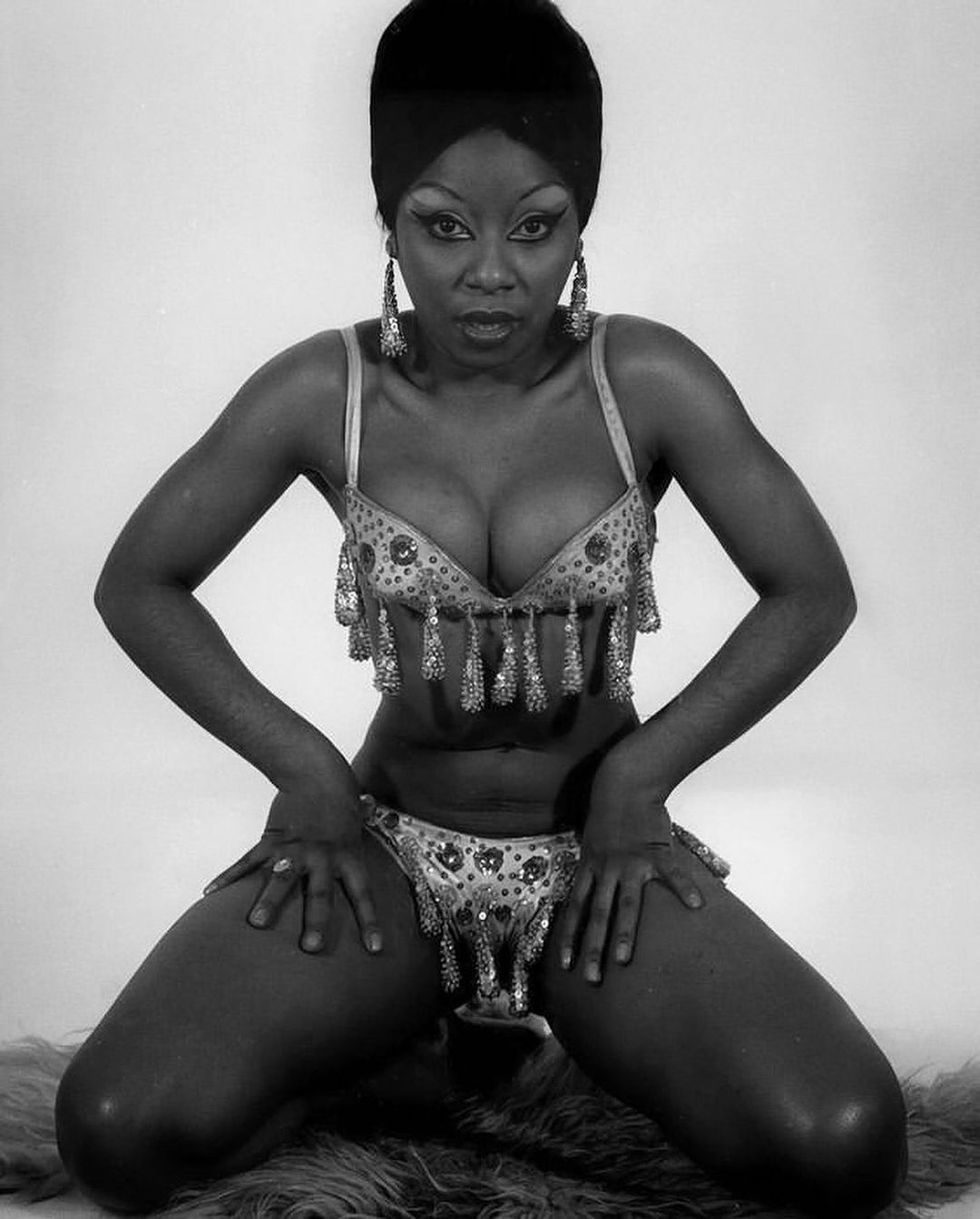The Instagram Account Celebrating The Cultural Riches Of Brazil
By Something CuratedInstagram account at @fado_tropical is a vibrant celebration of Brazil’s cultural riches, traversing the realms of visual art, architecture, indigenous traditions and festivities, fashion, nature and more. Brazil is the largest country in South America with one of the swiftest growing economies in the region. Close to 85% of the population now reside in the urban nucleuses that constellate along the eastern coastline, while the western inland regions remain much less populated. These remote areas are home to many indigenous communities and cultures with histories spanning long before the nation’s colonisation by Europeans. Even today, Brazil is believed to have the largest number of so-called “uncontacted peoples” who have little to no engagement with the industrialised world.

The artist, photographer and curator, Maureen Bisilliat, dedicated much of her career to making known the rich heritage of these pre-Cabraline cultures. Born in the UK in 1931, her mother was an Irish painter and her father a Brazilian diplomat. Given her father’s profession, Bisilliat’s youth was spent perpetually moving around, as each diplomatic posting took her family from one country to another. As an adult, however, she came to call Brazil home. It was here, during the 1960s and early 1970s, that she produced numerous photographic series chronicling the lives of the peoples in the remotest parts of the country. These compelling photographs were later collated into books and have become an important part of the visual storytelling of Brazil.

Capoeira is an Afro-Brazilian martial art that combines elements of dance, acrobatics, music and spirituality. Born of the melting pot of enslaved Africans, Indigenous Brazilians and Portuguese influences at the beginning of the 16th century, capoeira is a constantly evolving art form. It is known for its acrobatic and complex manoeuvres, often involving hands on the ground and inverted kicks. Vigorously depicted by painter Domingos Terciliano, Jr., it emphasises flowing movements rather than fixed stances; the ginga, a rocking step, is usually the focal point of the technique. Although debated, the most widely accepted origin of the word capoeira comes from the Tupi words ka’a (forest) paũ (round), referring to the areas of low vegetation in the Brazilian interior where fugitive slaves would hide.

Keep scrolling down @fado_tropical’s feed to discover a series of portraits of Yuyú da Silva shot by photographer Julio Bustamante Sotelo in 1965. da Silva was a Brazilian starlet who gained notoriety in the Argentine theatrical scene in the mid-twentieth century. Her story in the world of arts and entertainment began in her youth through her musician parents and on the famous Copacabana beach, in Rio de Janeiro. She launched her career dancing in several carnivals across Brazil, before performing in cabarets in Rio de Janeiro. Yuyú arrived in Argentina in 1958, as part of a Brazilian tour of South America and with its success decided to stay in Buenos Aires the following year, to further her career. From the theatre, she jumped to television, going onto tour around Europe, the Caribbean and the Middle East. In her later years, she devoted herself fully to charitable work until her passing in 2016.

Elsewhere appears an image of Casa das Canoas, designed by Brazilian architect Oscar Niemeyer and built in 1951 in Rio de Janeiro. Designed by Niemeyer as his family home, Casa das Canoas is considered to be one of the most significant examples of modern architecture in Brazil and is recognised by architectural and art historians as a synthesis of modern architecture and authorial self-creation – the act of crafting your own identity. One of the most interesting features of this home is its seamless fusion of organic and minimalist styles. Niemeyer conceived the space’s interior with his daughter, Ana Maria. Their collaborative effort gives the space a warm atmosphere of familiarity. Casa das Canoas is today open to the public, offering visitors a unique insight into Niemeyer’s personal life and prolific career.
Feature image: Marco Glaviano, Rio de Janeiro, 1976 (via @fado_tropical)